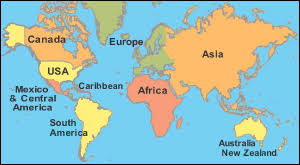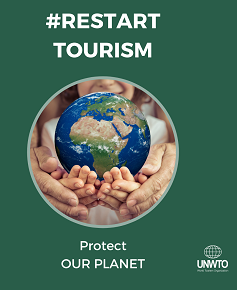Nepal defeats the wildlife trade : NYT
The world is in the grip of an epidemic of wildlife crime that threatens the very existence of some species. Huge numbers of rhinos, elephants and tigers were illegally slaughtered in 2013, killed for body parts that sell for high sums on the international market. In South Africa alone, where rhino poaching increased a staggering 5,000 percent between 2007 and 2012, 900 rhinos were poached for their horns in 2013. African elephants are being killed at a rate of 30,000 to 35,000 a year. Estimates put the number of tigers poached in 2013 in India at 39 or 48. Even the lower number represents the most tigers poached in a single year in India over the past seven years.
This grim picture has one bright spot. On March 3, World Wildlife Day, Nepal commemorated a full year in which not a single rhino, elephant or tiger was reportedly killed in the country. Nepal also recorded a zero-kill year in 2011; a sole rhino was poached in 2012. The country’s secret is a combination of enforcement and incentives that, in effect, turn local communities into wildlife guardians. Other nations suffering from poaching should take notice.
Poaching is a transnational crime, increasingly perpetrated by criminal networks that traffic in animal parts around the world. These networks are often involved in other illicit trade, such as arms, drugs and human trafficking. Gangs in Africa overwhelm underfunded conservation agents and government rangers. Communities near wildlife preserves too often find profit in poaching: The fee for one dead animal can equal years of legal income.
Nepal’s multipronged strategy is first and foremost supported by a strong commitment by the country’s leadership. Collaboration between park agencies and national law enforcement officials, as well as with international organizations such as Interpol’s Wildlife Crime Working Group, has allowed Nepal to identify and arrest wildlife criminal kingpins. Criminal penalties are stiff, and the Nepalese Army patrols the national parks.
But turning local communities into stakeholders in the animals’ survival is also vital. Abundant wildlife attracts tourists and creates jobs. So Nepal’s government gives 50 cents of every tourism dollar it collects to communities near wildlife preserves, making animals worth far more alive than dead to both local citizens and the country as a whole.
Eliminating demand by policing buyers and dealers, as the United States is trying to do in the case of elephant ivory, is of course an essential part of any effort to put wildlife criminals out of business. But Nepal’s example shows that much can be done at the source.
( Courtesy : Editorial in The International New York Times, March 18, 2014 )














